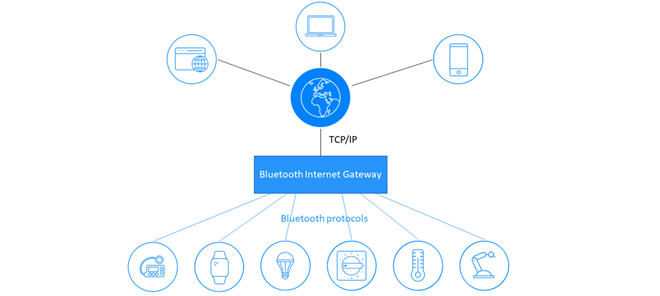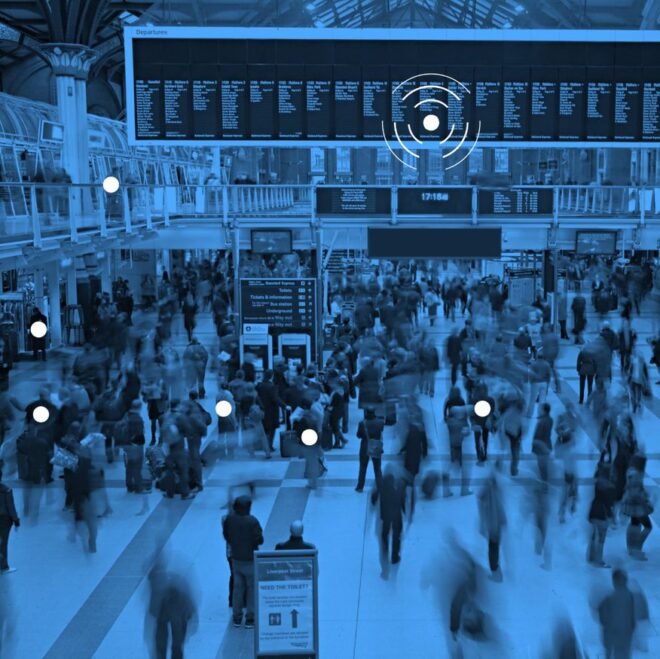Recently, I returned from a conference in the Midwest, and my travel experience was less than stellar. The morning started fine. I gave myself plenty of time to get to the airport, and the lines to drop off my bag weren’t too bad.
However, the terminal I was in must have been undergoing renovations. A number of white, plywood walls had been erected between check-in and security. In addition to concealing the chaos of construction, these barriers served as a natural means for herding passengers through the checkpoint like cattle through a chute. It felt warm, crowded, and claustrophobic. The lingering whiff of body odor and foot funk didn’t help. Plus, there’s always that one traveler in line who seems like they haven’t flown before. You know who I’m talking about; their face has that look of surprised confusion when they’re told by security to take off their belt or remove their shoes.
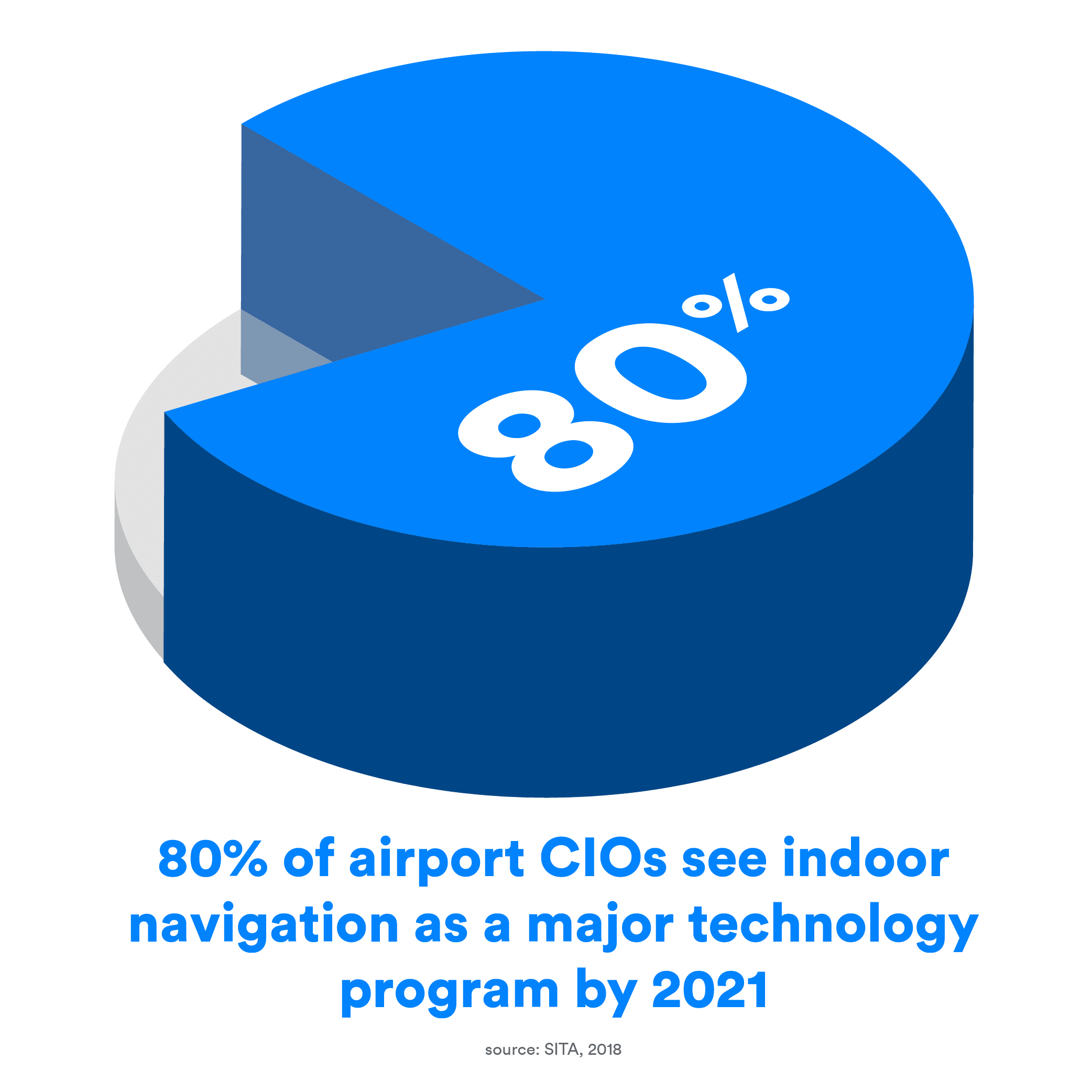
A Stranger in a Strange Land
When I finally got spat out on the other side, scrambling to get redressed while hastily shoving all my electronics back into my carry-on, I had no clue as to where I was. I knew where I needed to be, but the path to my gate was unclear. I had trouble locating the correct terminal and, at one point, I almost stumbled back through security into baggage claim. I like to think this was another byproduct of the renovations, but it could have been me failing to see the signs.
Working for the Bluetooth Special Interest Group (SIG), I know there are technologies out there designed to help with this exact problem. Some airports are using Bluetooth® Locations Services devices that would connect with my smartphone and help me navigate through crowded terminals. Recent data suggests that more and more airports are relying on this technology to help travelers find the quickest route to their gate, improving traffic flow and eliminating congestion in terminals. Unfortunately, this airport wasn’t quite there yet.
Learning Something New
Thankfully, despite my navigation mishap, I had a little time to kill. I got some breakfast, browsed a newsstand, and eventually found my way into this cool exhibit of rock and roll/pop art. Each piece in the exhibit had a plaque highlighting the artist’s name and the title of the artwork but nothing else. Considering the historical context of the exhibit, I was a little disappointed.
Some airports have entire displays dedicated to information about pieces of art or history in their terminals. The more cutting-edge facilities are taking an approach adopted by more and more museums where each display is fitted with a device that can broadcast information about the exhibit straight to your smartphone, providing a limitless canvas for exhibit info while taking up minimal space in the terminal.
Blunder in Baggage Claim
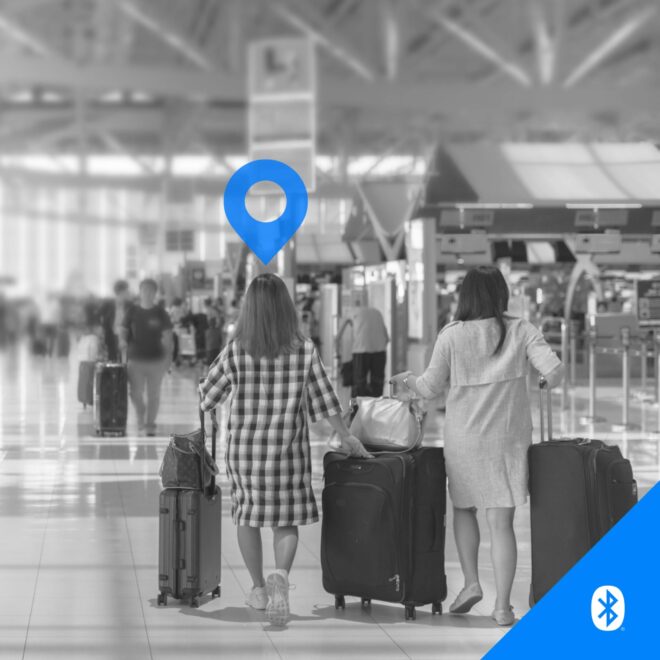
Fortunately, both of my flights went seamless, and I got home on time. However, my last hiccup was at baggage claim. I waited 30 minutes at the conveyer, straining my neck each time to look around the other passengers as another suitcase launched from the baggage shoot. And every time, I had to mentally evaluate, is that my black bag?
Eventually, the conveyor stopped, and no more luggage came out. As I made my way over to customer service, I saw my suitcase leaning up against the wall. It’d probably been there the whole time.
A colleague of mine always puts a Bluetooth® tracker in her luggage. Had I thought ahead, I could’ve done the same, using Bluetooth technology on my smartphone to see the exact location of my suitcase. Even airports are getting wise to personal item finding. According to SITA, 61% of airports are either investing in or plan to invest in digital tags over the next two years.
Working for the Bluetooth SIG, I am continually amazed by all the problems different companies use Bluetooth technology to solve. Wayfinding, point of interest information, and personal item finding are just three ways Bluetooth technology could have been used to ease my travel woes, but a lot more is being done with location services innovations. Check out this new infographic to see five other cool use cases and see what’s driving their rapid adoption.
![]()
FEATURED INFOGRAPHIC
Bluetooth Location Services
See 8 use cases for enhancing building efficiencies and creating a better visitor experience, discover new data that supports the latest trends and forecasts, and find out what’s driving the rapid adoption of location services solutions.






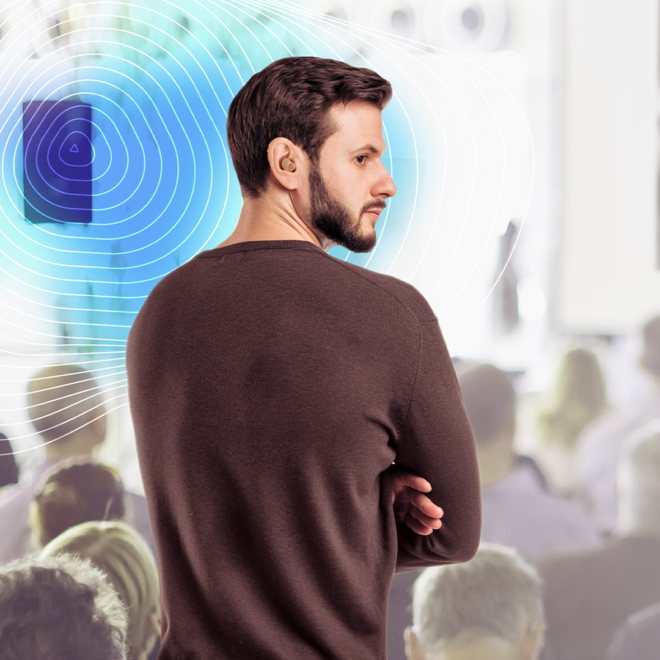
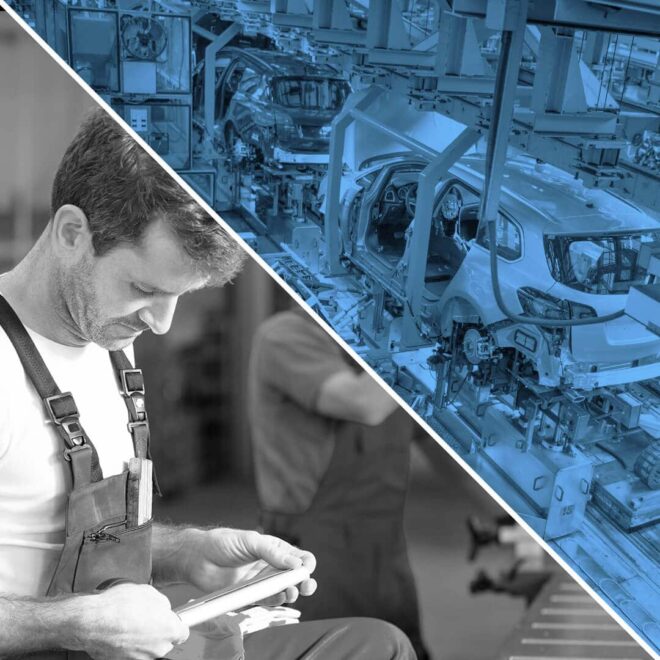





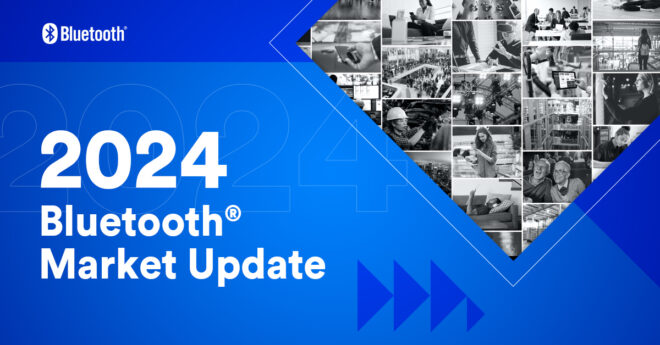

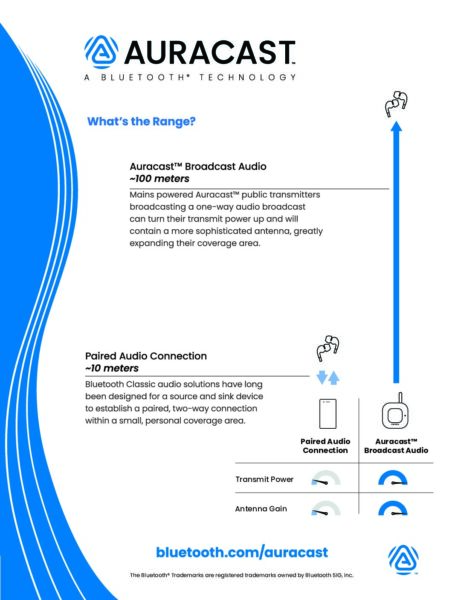
![2312 CES Handout Images FINAL existing pdf 464x600[1]](https://www.bluetooth.com/wp-content/uploads/2024/01/2312_CES_Handout-Images_FINAL-existing-pdf-464x6001-1.jpg)
![2312 CES Handout Images FINAL unlimited pdf 464x600[1]](https://www.bluetooth.com/wp-content/uploads/2024/01/2312_CES_Handout-Images_FINAL-unlimited-pdf-464x6001-1.jpg)



